(2 Minute Read)
Adapted physical education is not intended solely for students with disabilities. Adapted physical education is physical education that has been adapted specifically for an individual. To teach adapted physical education is to differentiate your instruction. In other content area classes, teachers are expected to differentiate their teaching. All students are expected to learn the same content, but how they are expected to learn that content is up to the teacher.
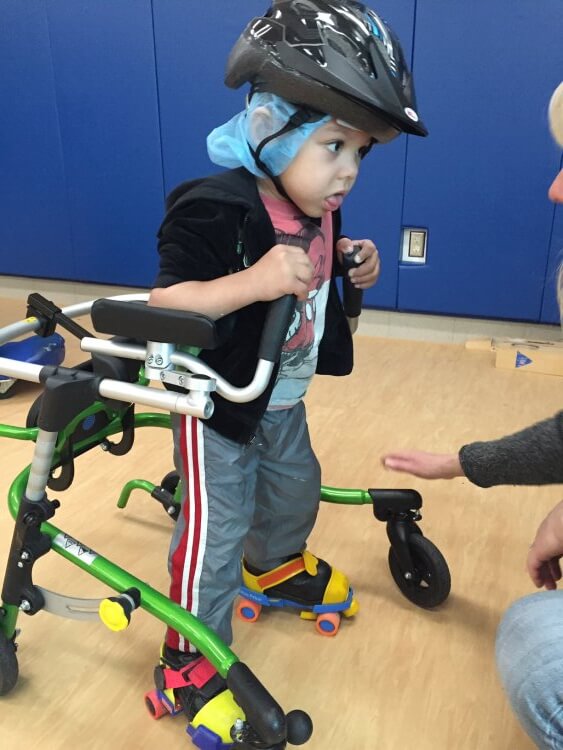
When teaching a general physical education class, you will have students who excel, students who struggle, and students, often the majority, who fall somewhere in the middle. This is the same for all content areas, that is why there is a need for differentiation; differentiation helps all students learn while being challenged. You are meeting your students where they are at, rather than teaching the same information to everyone and hoping they learn.
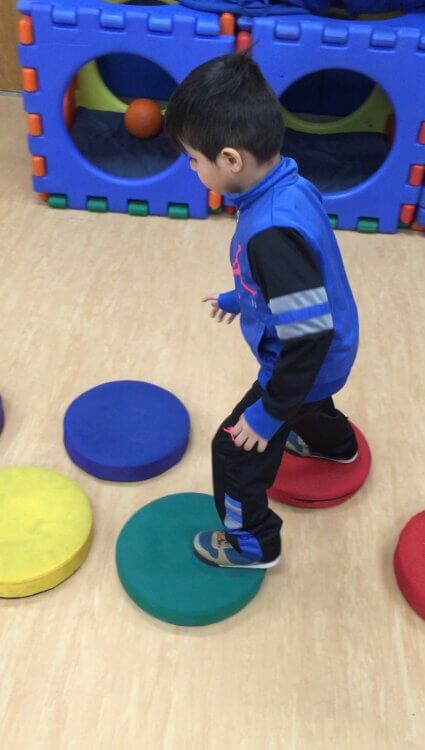
Adapted physical education is general physical education with adaptations and modifications to the general education curriculum. There are three areas where you can make adaptations and modifications to your curriculum, games, and activities. Equipment, rules, and the playing area can all be modified and adapted to better suit the needs of your students. By making modifications and adaptations to your equipment, rules, and playing area, you are benefitting all your students. It is equivalent to watching movies and shows with subtitles; people who are hearing impaired need subtitles when watching movies and shows, but it can also benefit people without hearing impairments.
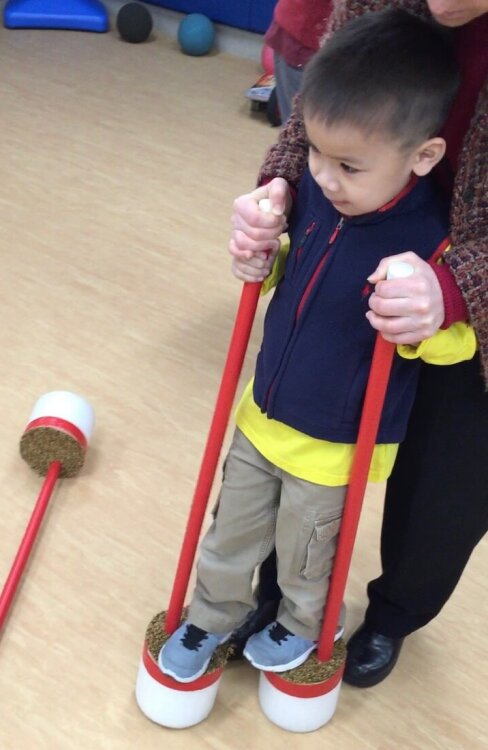
Equipment
There are several modifications that can be made to equipment that will benefit everyone participating in games and activities. Using equipment that is large will help students track the equipment. It will have more surface area, which will provide more opportunities for students to contact the equipment. Larger equipment also moves slower, which gives students more time to process the motion of the equipment. This allows them time to figure out how they should interact with the equipment. Light weight equipment also allows for more processing time due to its ability to move slower. Brightly colored equipment allows for contrast between equipment and the playing area. Equipment that is textured has more surface area; this provides more area to grip which allows students to be more successful when catching the object. Objects with sound help students with visual impairments so they know where the equipment is in space, this can also benefit students without visual impairments.
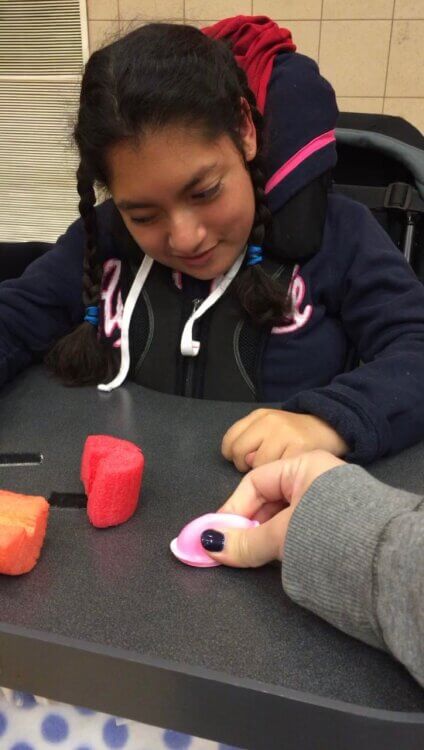
Rules
Rules can be modified to benefit all students as well. When playing team games and sports, making a rule that everyone must touch the ball, frisbee, etc. before scoring a goal helps to ensure the inclusion of all students. You can change the number of players on a team; you do not have to have six players on each side for a volleyball game, more or fewer players depending on the safety and space can help students be more included. If you are playing a game of soccer and you have a student who has mobility issues, have all students play the game on a scooter. This levels the playing field and slows the game down. You can also play adapted sports, sit volleyball, beep baseball, or goalball are fun games for everyone.
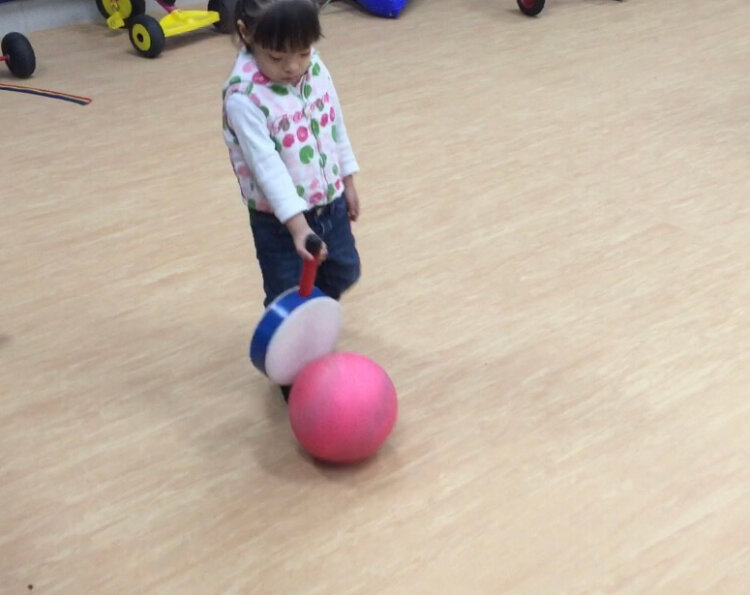
Playing Area
Lastly, changing the playing area can be beneficial for all students as well. Play small-sided games to include more students and have more games going on at the same time. Make sure the boundaries for the playing area are clearly marked. Lower your targets to give everyone a chance to be successful. All these modifications and adaptations can help not only students with disabilities but also students who struggle to be successful in physical education.

HI Megan! Great article and thank you for writing about Adapted Physical Education! I agree with your comments regarding differentiating instruction when children with disabilities are included in Physical Education however Adapted Physical Education is a service – that children who qualify – based upon sound assessment data – can receive as part of their Individualized Educational Plan (IEP). Kindly share with your readers the SHAPE America FAQ Document on Adapted PE (https://www.shapeamerica.org/events/upload/Answwering-Frequently-Asked-Questions-About-Adapted-Physical-Education.pdf) or visit the following web sites to learn more about how Adapted Physical Education is provided across the country.
https://www.wrightslaw.com/info/pe.index.htm
https://www.NCPEID.org
https://www.APENS.org
Bula Megan
I enjoy exploring your ideas on development of adapted Physical Education. I am from Fiji in the South Pacific Lecturing in health and Physical Education but one of the courses am teaching is inclusive movement and performances which is about adaptive physical education. We are new at this and thank you for your information.
Vinaka vaka levu